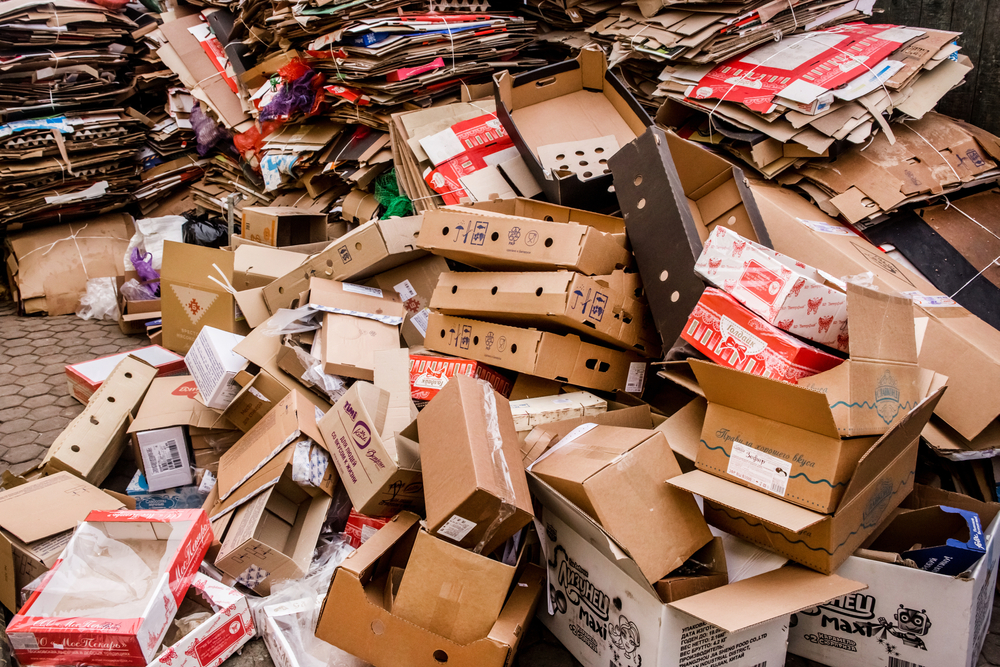In recent years, carbon capture technologies have started playing an increasingly important role in our global quest to reduce greenhouse gas emissions from the atmosphere. Now, researchers at MIT have started working on solving another problem — removing methane, a greenhouse gas that’s 80 times more potent than carbon dioxide over the first 20 years after it is emitted.
Turning methane into CO2
In their recent study, the researchers used zeolite, a type of clay used in cat litter, treated with a small amount of copper. In lab tests, the scientists released a stream of methane through a heated tube filled with the new material. They observed that the methane converted into CO2.
“When people hear that [the process creates CO2], they say, ‘Yikes, that’s not good—I know CO2 is bad for the environment,’” said Desiree Plata, an engineering professor at MIT and one of the study authors. “But it turns out that methane is actually much worse, from a global warming perspective. What this allows us to do is bring immediate climate benefit into the Earth system and actually change global warming rates in our lifetime.”
While getting CO2 as an end product may seem counter-productive, the process actually makes a lot of sense. As noted by Plata, if half of the methane in our atmosphere was turned into CO2, the concentration of atmospheric carbon would rise by only one part per million, from 417 per million to 418. Global warming, on the other hand, would be reduced by 16 percent.
Reducing methane emissions from cattle
According to the researchers, the system could be placed in strategic locations where methane emissions are high. For example, the technology could be used on farms to reduce methane emissions from cows. By installing the system in barns with cattle, it could tap into existing ventilation technology. “We would just plug in downstream of that, and that’s good because we’re taking advantage of air that’s already moving,” said Plata.
The researchers now plan to further improve the material so it can capture methane more efficiently. Once that’s done, the researchers are confident that the technology will serve as a key tool in our fight against climate change.
Source study: ACS Publications — Atmospheric- and Low-Level Methane Abatement via an Earth-Abundant Catalyst












